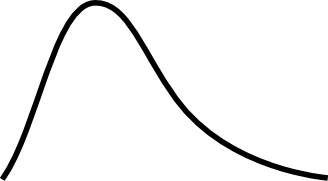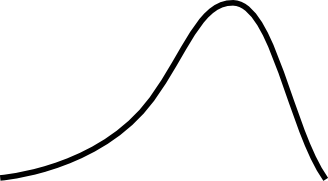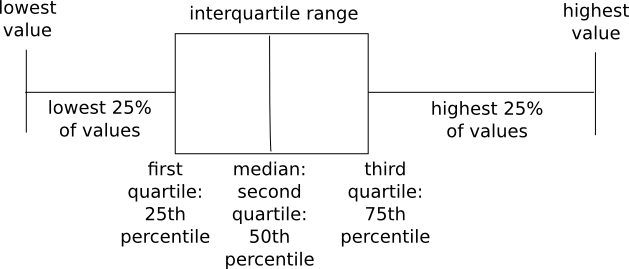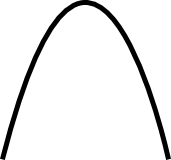How can such a huge POLITICAL movement be removed from the teaching of POLITICS?! Teaching girls and young women about their political history and the movements that increased gender equality is vital. Women are consistently under-represented in such domains, which means girls have fewer role models than boys do, and it suggests that women should not be involved in these areas, which in turn reduces their aspirations.
Please sign the petition linked in the article.
Plan to axe feminism from A-level politics triggers protest



